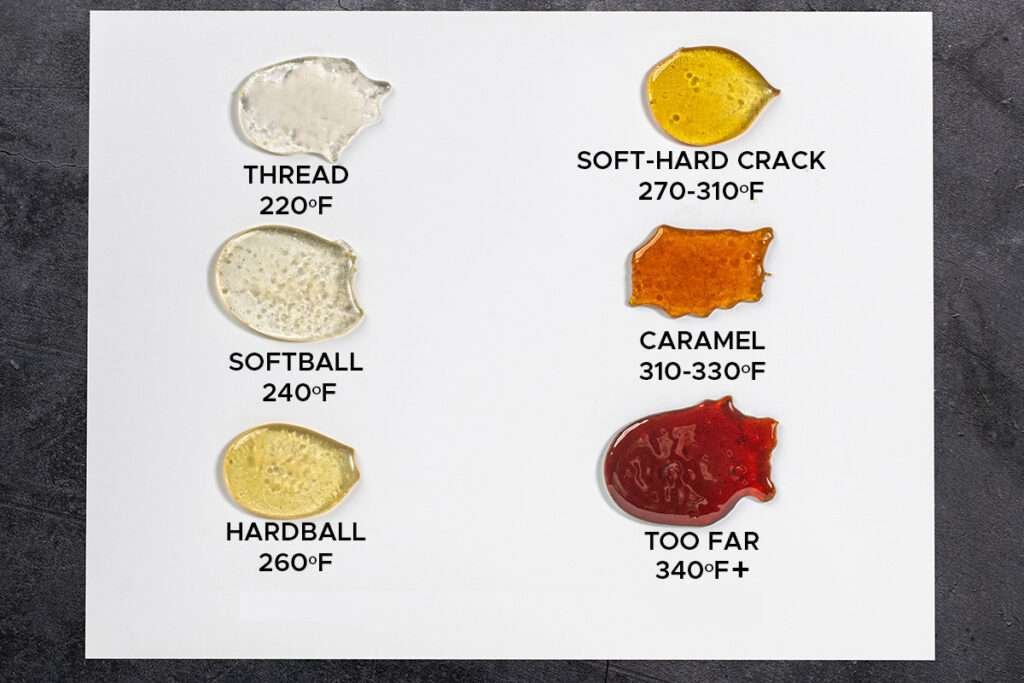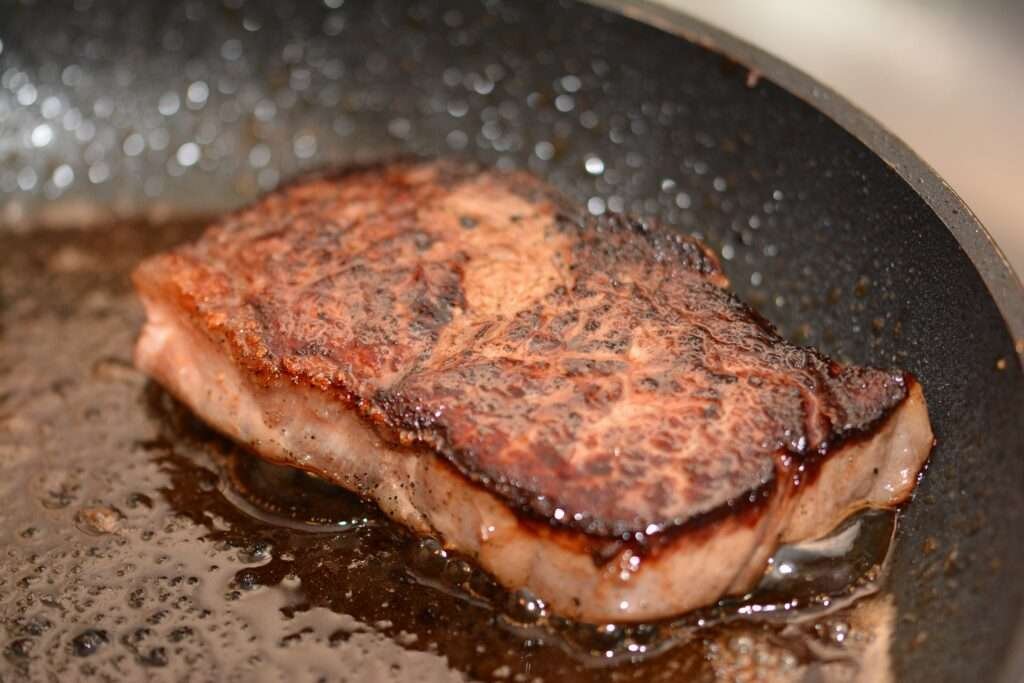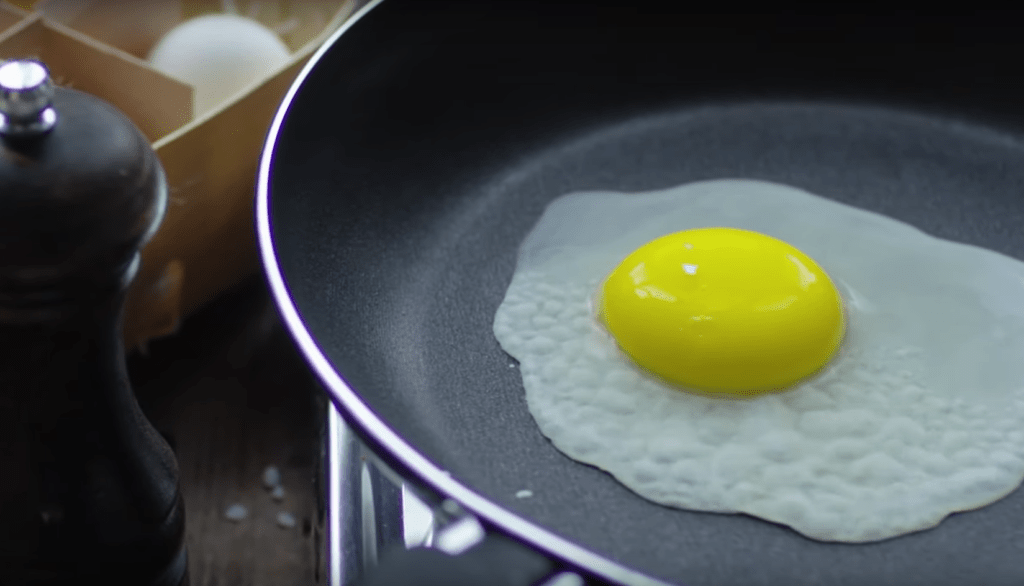In this blog, we are going to talk about the six basic principles of food science. For a chef to excel in his job, he must possess a solid understanding of these six principles. A chef needs to learn how to prepare food in various ways to adapt to different situations. Foods exhibit different reactions at varying temperatures. Consequently, a chef continually encounters challenges in the workplace, from crafting delectable dishes to devising innovative shortcuts.
1. Caramelization

Carbohydrates encompass various types, each presenting challenges at different temperatures. Sugar, for instance, is a type of carbohydrate that undergoes significant transformations when exposed to heat. Initially, sugar melts into a thick syrup as the temperature rises. As the heat continues to increase, the color of the sugar shifts from transparent to a slight yellow hue, and eventually to brown. This transformation process is known as caramelization, a complex chemical reaction that alters the color and enhances the flavor of the sugar, ultimately turning it into caramel. Different types of sugar undergo caramelization at different temperature thresholds. For example, granulated sugar begins to melt at 160°C, and caramelization initiates around 170°C.

2. Millard Reaction

The process of browning food ingredients that are not primarily sugars or starches is called the Millard reaction. This reaction involves the interaction between sugars and amino acids. When heat is applied to such ingredients, they undergo chemical changes to produce byproducts that impart brown color and rich flavor to foods. Examples of foods that undergo the Millard reaction include coffee, chocolate, dark beer, roasted meat, and nuts, among others. These foods develop beautiful hues and aromatic profiles as a result of the Millard reaction.
For the Millard reaction to occur, a high temperature of around 149°C is required, and it can manifest in various types of foods. However, when food is cooked with water, this browning process does not take place because water cannot exceed a boiling point of 100°C. Therefore, foods cooked in water are typically prepared using methods such as boiling, steaming, poaching, or stewing, where the heat is transferred through steam. Conversely, when food is subjected to dry heat, it develops a brown coloration, as seen in techniques such as sautéing, grilling, and roasting.
3. Gelatinization

Starch, a complex carbohydrate with energy-dense properties, undergoes significant changes when exposed to heat in the presence of water or liquid. When heat is applied to a starchy food mixed with water, the starch absorbs some of the liquid and undergoes swelling. This process is known as gelatinization. Gelatinization occurs at different temperatures depending on the type of starch.
For instance, potatoes tend to thicken at relatively low temperatures, with some of the starches breaking down in the process. Conversely, grains such as rice or wheat thicken at higher temperatures, and while some starches may slowly break down, they generally maintain their thickening properties.
4. Denaturation

In cooking, denaturation is a pivotal process that profoundly influences the transformation of proteins within food ingredients. When subjected to heat during cooking, proteins undergo denaturation, where their intricate three-dimensional structures are disrupted, leading to unfolding and alteration of their shapes. This structural change causes proteins to lose their original biological functions and properties, such as enzymatic activity or ability to bind with other molecules. Denaturation is crucial for the desired outcomes in cooking, as it contributes to the texture, flavor, and appearance of foods. For example, when cooking meat, denaturation of proteins results in the firming and browning of the meat’s surface, enhancing its flavor and palatability. Similarly, the denaturation of egg proteins during cooking leads to the solidification of the egg, transforming it from a liquid to a solid state. Understanding the principles of denaturation is essential for chefs and cooks to master the art of preparing delicious and visually appealing dishes.
5. Coagulation

Foods rich in protein often resemble springs or coils in their natural state. However, when subjected to heat, salt, or acid, simple proteins like those found in fish meat undergo changes in their properties. These changes are significant enough to cause them to straighten out from their coiled state. As proteins denature, they aggregate into a solid structure, resulting in coagulation. A classic example of this process can be observed in the cooking of egg whites. Initially clear in its raw state, egg white transforms into a solid structure and clumps together when cooked, demonstrating coagulation. Additionally, protein-rich foods tend to lose their ability to retain water during the cooking process, leading to a loss of moisture. This dehydration occurs regardless of the cooking method employed, whether boiling, steaming, or otherwise. However, intriguingly, the taste of many foods can be restored to some extent by cooling them after cooking.
6. Emulsification

When two substances that typically do not mix are combined through a special process, it is referred to as emulsification. One common example is the mixture of water and oil. Emulsification involves two key stages: the dispersed phase and the continuous phase. Take vinaigrette, for instance, commonly known as salad dressing, which is an emulsion of vinegar in oil. In this emulsion, the oil is broken down into tiny particles and dispersed throughout the vinegar. Throughout this process, the oil constitutes the dispersed phase while the vinegar forms the continuous phase. Emulsifiers, such as egg yolk, mustard, and natural starches like garlic, are often employed in the preparation of vinaigrette and similar emulsions to help stabilize their formation. Additionally, modified starches, such as cornstarch, may also be used for this purpose.
The topics we’ve discussed here are elements highly prized in Western countries, serving as compelling reasons why people are enthusiastic about dining in five-star hotels. This is attributable to several factors that anyone passionate about cooking should be aware of.
